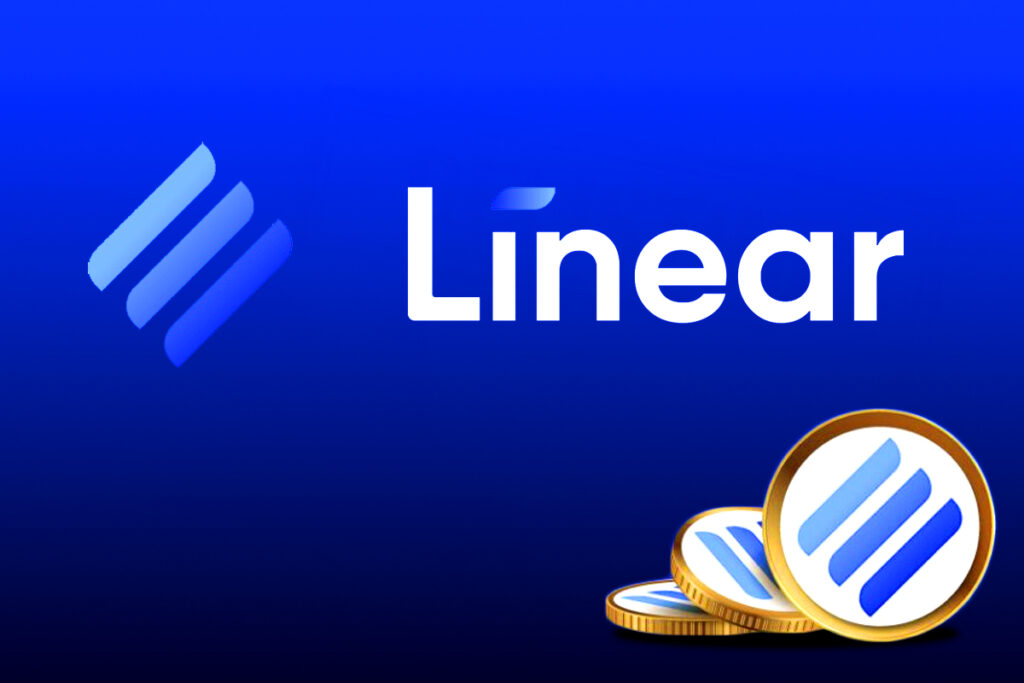For the management and exchange of synthetic assets, Linear Finance is a decentralized, open platform. It provides a range of assets to consumers without requiring them to possess the underlying asset by using a delta-one asset protocol.
A Comprehensive Guide to LINA Crypto and Linear Finance – 2023

By offering a non-custodial, cross-chain compatible, delta-one asset protocol, Linear Finance intends to promote inclusivity and democratize access to digital and traditional investment assets. The Linear team combines expertise from crypto projects with understanding from major global asset management companies to make it quick and simple to safeguard assets at fair market value while saving money on fees. One of the first decentralized finance initiatives built on Ethereum to offer cross-chain compatibility is this one.
“Liquids” are synthetic assets that users may develop, trade, and manage with minimal slippage. They are one of Linear’s key breakthroughs. Assets like spot cryptocurrencies, commodities, and thematic indexes can all be represented by liquids, allowing investors to create portfolios with exposure to a variety of goods. Through numerous apps, users can interact with multiple Linear Finance tokens. Linear Buildr, Linear Exchange, Linear Swap, and Linear Vault are these.
Linear Buildr
Users can generate Liquids by utilizing LINA crypto as the basis collateral in this decentralized application for managing the collateral pool and liquids. In the future, Buildr will take a combination of LINA tokens and other digital assets as collateral, stabilizing the LINA crypto economy by the application of a threshold on the size of non-LINA tokens that can be accepted.
Linear Exchange
With the exchange dApp, transactions that would often take days of settlements and wire transfers—like transferring exposure from the S&P 500 to Bitcoin—will be completed in a matter of minutes. Liquids settlement occurs in a couple of seconds thanks to blockchain technology. Users can spend lUSD they have earned through Buildr or other exchanges on the Linear Exchange to purchase liquid versions of assets like indices, commodities, and cryptocurrencies with infinite liquidity and no slippage.
Linear Exchange does not rely on order books, in contrast to centralized exchanges. Instead, users engage in direct trading with Linear’s debt-backed smart contracts. Despite using Ethereum’s infrastructure and tools, Liquids are actually created on other blockchains, which results in significantly higher throughput and lower transaction costs than Ethereum. Additionally, the risk of frontrunning is reduced because the oracle providing the price feeds of the underlying assets may swiftly and inexpensively refresh prices.
Linear Swap
To ensure connectivity and composability across various DeFi ecosystems, this specially developed dApp offers cross-chain swap capabilities. In addition to being based on Ethereum, Linear Swap has integrations with Binance Smart Chain and Polkadot planned. Any of Linear’s currencies, including LINA, lUSD, and liquids, can be converted to other blockchain forms without paying additional gas costs.
Linear Vault
Customers can generate passive money thanks to this yield-generation dApp. To earn interest in lUSD, BUSD, and LINA, users can stake their LP or lUSD tokens. Since coin exchanges have a transaction fee that is originally set at 0.25%, some of the staking benefits come from Linear Exchange. LINA gains more incentives as the token’s value increases. If a staker’s pledge ratio is greater than the cutoff, both of these prizes are given to them on a weekly basis on a pro-rata basis.
Who Are the Founders of Linear?

Kevin Tai and Drey Ng started Linear Finance in 2020 and secured $1.8 million in startup funding. After graduating from UC Berkeley, Tai, the CEO of Linear, started his career in Silicon Valley. He has worked on collateralized debt and structured products for banks, including Credit Suisse and Standard Chartered, for more than ten years. Also, he has completed acquisition and divestiture agreements totaling more than $20 billion.
Ng, the project’s CTO, holds a master’s degree in computer science. Before transitioning to blockchain and heading up the product side of Liquefy, one of Asia’s top security token issuing firms, he worked in trade finance at Deutsche Bank and HSBC.
Tokenomics

The ecosystem is driven by the project’s utility token, LINA crypto, which may be staked as the first security for Liquids. LINA is the protocol’s governance token, allowing its holders to vote on Linear improvement proposals on matters such as the collateral ratio, fee revenue splits, and listings for synthetic assets. The allocation of reserve tokens and staking incentives will also be decided by a vote in the future by the Linear decentralized autonomous organization.















Leave a comment